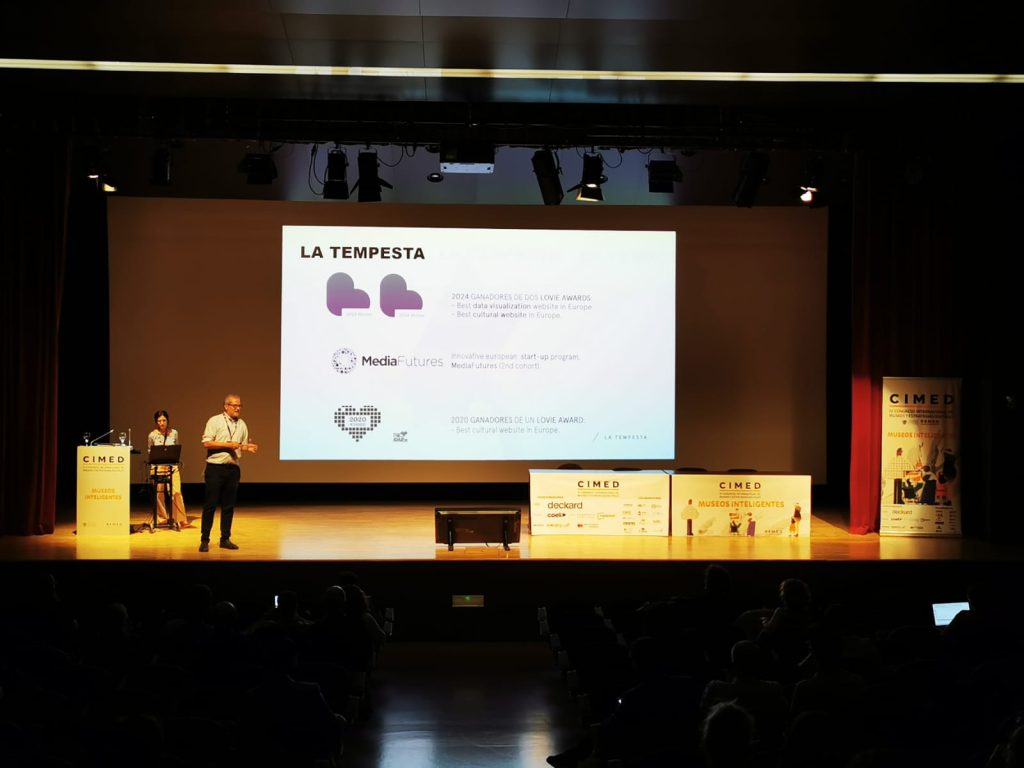We share here some reflections that have made us think these days.
- What does smart museums mean today? It is a question that we all ask ourselves: how should we face the technological and social change we are experiencing? In the museum world we have seen a great diversity of strategies.
We have heard experiences that remind us of the importance of putting technology at the service of content and people, of the needs and motivations of users, and of valuing the links between professionals that sustain daily work. Each project begins with the content, and with the stories we want to share; Technology is the tools we have and not the goal itself.
- We were especially impressed by Peter Gorgels‘ presentation of the Rijksmuseum’s collections!
Because it shows us the details and richness of the collection in a way that moves us and arouses curiosity. He talks to us about landscapes and desires, and questions us about ourselves: what we like, where we would like to be, anticipating our concerns beyond the technical description of the works.
This way of exploring is possible thanks to linked data (LOD). By linking machine- and human-readable nodes, we can perform relational searches and build visual and interactive interfaces that also make the data useful for research. The principles of LOD and FAIR become technical and process standards, building a new paradigm of open data: data that belongs to society and that society must be able to take advantage of.
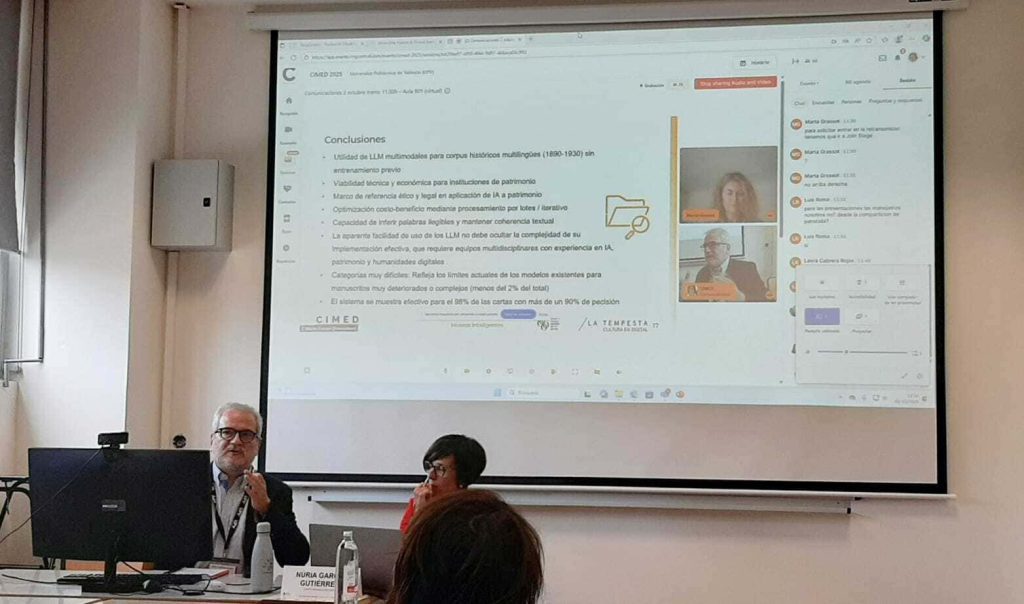
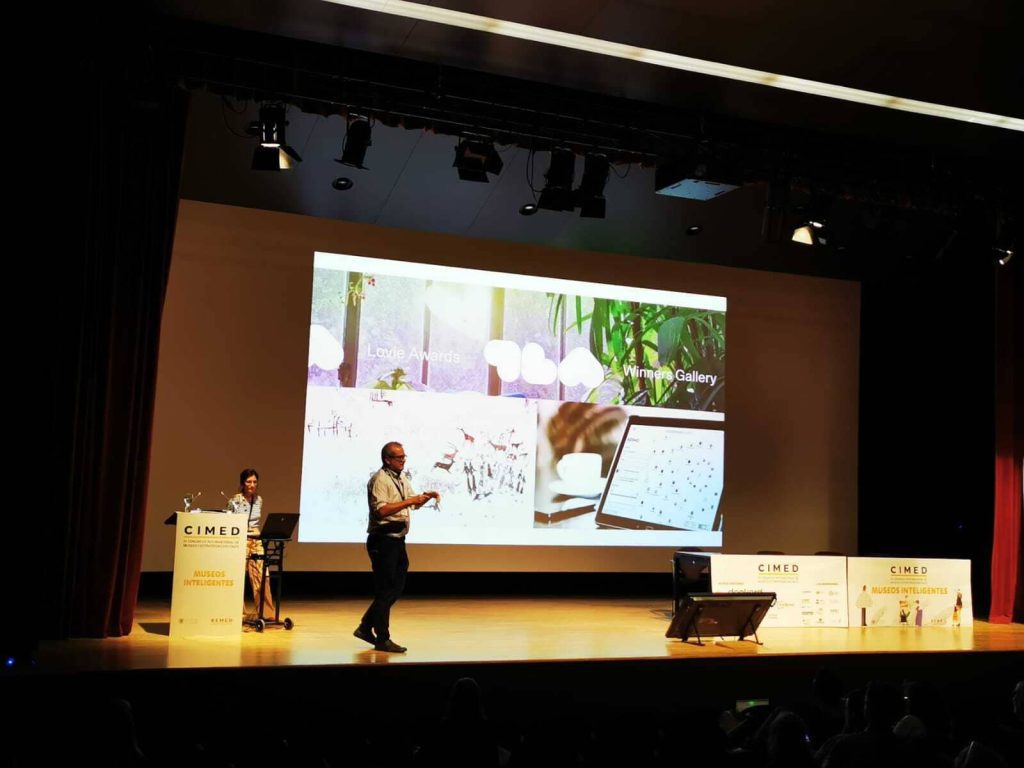
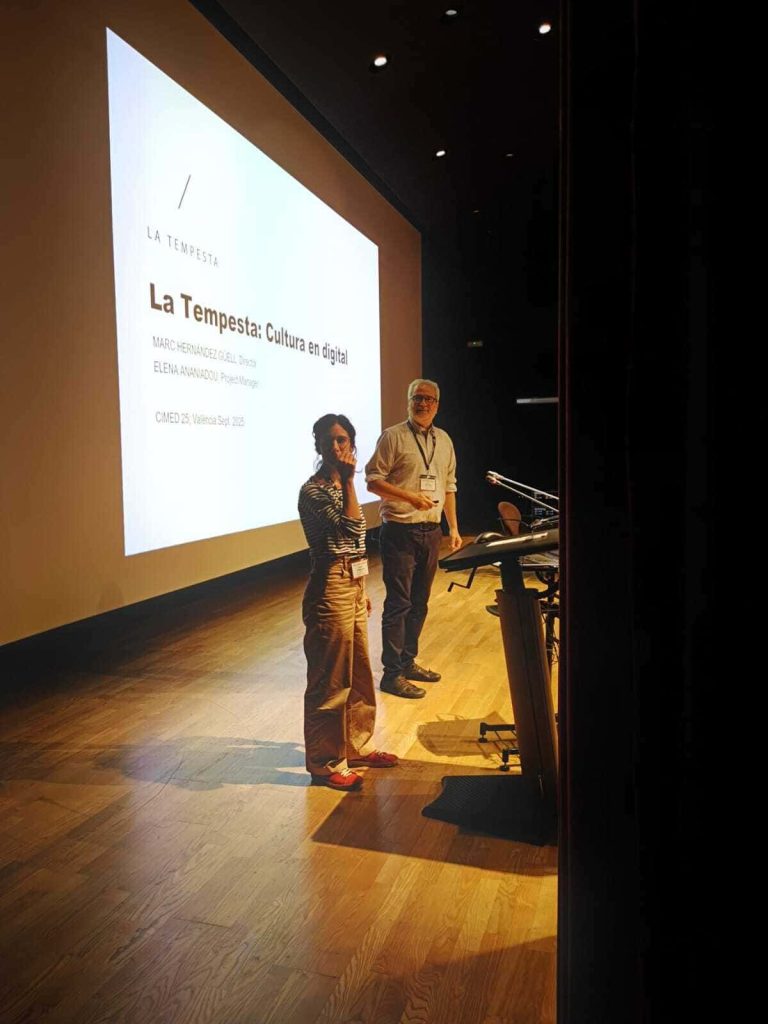
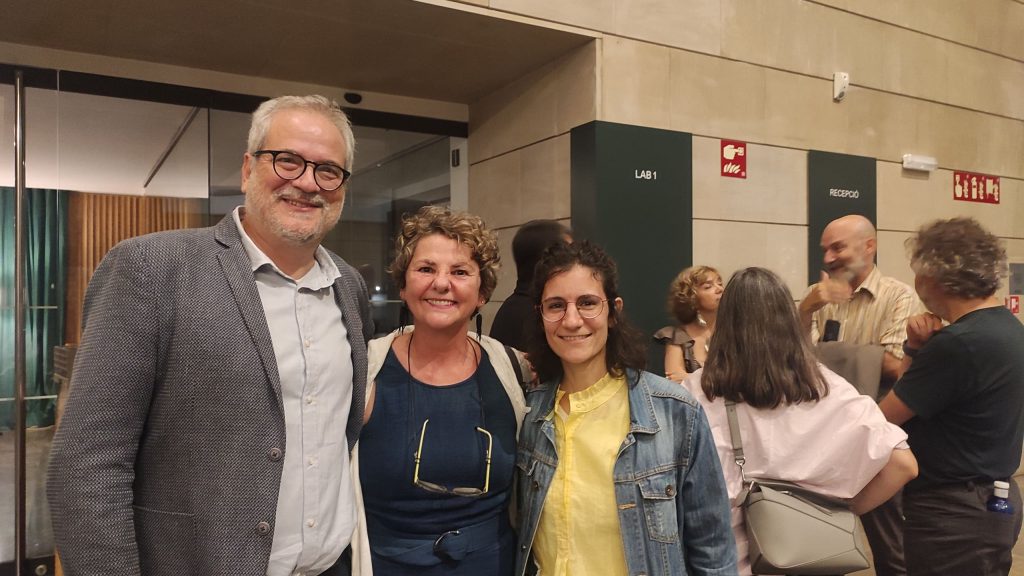
This new paradigm of data management and use is built on open and open-source management and aggregation infrastructures. That is why Europeana lists Omeka S as an LOD project, because it is designed and developed as an infrastructure for open data sharing.
- Finally, Elena Villaespesa from the Thyssen-Bornemisza Museum made us think about: what is the purpose of a museum’s website today?
It is necessary to seek the motivation of users. Not everyone has the same knowledge about museum topics, which is why we need to segment users into interest groups and understand how they connect with the content.
With the drop in visits due to the effects of AI, we must work to optimize our content and make it possible for the user to reach it. We have to offer an experience, because access to practical information has changed. A field to explore.
At La Tempesta, we continue to be committed to open technologies and a linked data model, to the management and publication of collections, and to participate in research projects to advance new applications and emerging trends.
